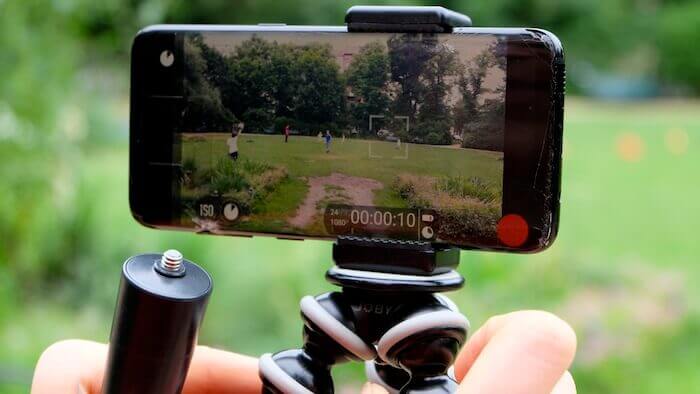Sound recording with the smartphone
Any smartphone video needs good sound quality. But how does that work?
Is the internal microphone enough? Which sources of error can be avoided? What is important?
Point 1: Internal or external microphone?
The question is: How loud is the environment? Anyone filming at a festival or party can prepare for the volume.
If the sound recording is only used as a “carpet of sound”, the smartphone’s internal microphone is completely sufficient. But beware: don’t rub your fingers or jackets on the smartphone, it will make interference noises. Should an interview or a statement be filmed at the festival? In this case a clip-on microphone is needed. Lavalier clip-on microphones are recommended. They are attached a hand’s width under the mouth with a clip, but they can also be held closer to the mouth.
TIP: Take a test recording and listen to it, so the correct distance to the mouth and the appropriate volume can be checked before filming.
Point 2: A long interview or many short clips?
Caution: source of error. How long is the video take? Is the interview recorded in one shot for 20 minutes, or is the interviewer interrupted after each topic of about 5 minutes? With long takes it can happen that a small pitch offset of several fields up to one or two seconds occurs. It becomes asynchronous, which means that mouth movement and audio sound do not match exactly. We have noticed this in some audio recordings. This source of error is easy to avoid.
TIP: Record short takes of about 5 minutes and cut them together afterwards.
Learn more about audio and video filming in our Smartphone Video Workshops by media professionals right here: Insights Media Tours
Leave a Reply
